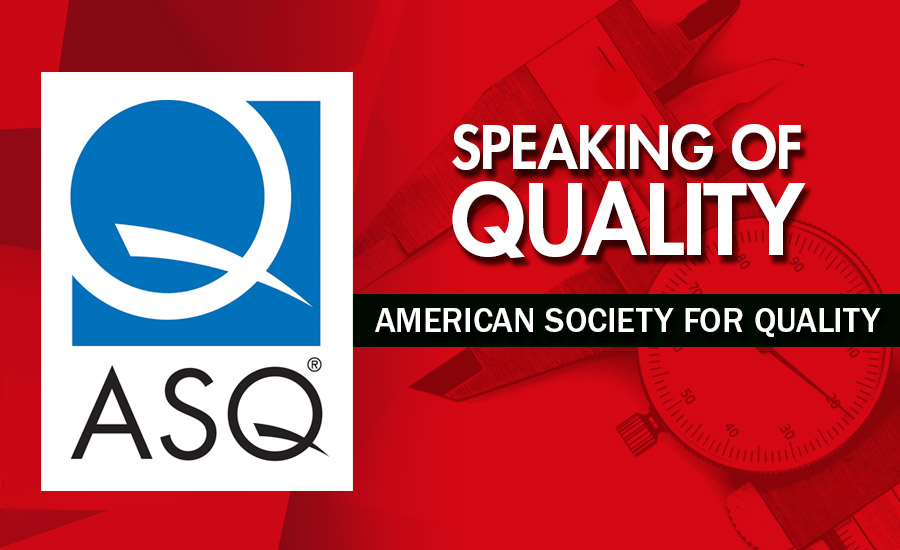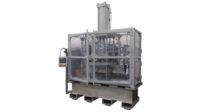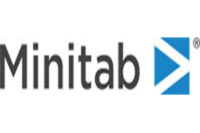This year has been an adventure into the unknown. By the end of March, many of us were enclosed in makeshift offices at home, while others were looking at production lines that were only partially staffed. All of this change was happening because of a virus experts were still learning about. We were confronted with something we weren’t used to being confronted with.
This beginning of 2020 has not been an easy time for anyone. We’ve been receiving new information daily (or, rather, refined messages about information we received the day before). We had to use that information and figure out how it’ll work for us. Our pets offered comfort and got used to us being at home. We worked side-by-side with our children who kept busy, hopefully learning something about themselves and the world in the process. Process. When this started it was new and a process wasn’t readily apparent but as time went on and we learned, a process began to take shape. And, if something wasn’t working, we hopefully corrected the situation.
Change isn’t easy. Change isn’t usually wanted (And, even when it is wanted, we usually don’t like the way the change is happening. Be honest, now.). Fortunately, quality professionals have change management tools at their fingertips. Except, perhaps, when they’re unable to get to the office. NOT having everything at your fingertips—whether it be books, software, or people to discuss ideas—was probably the most difficult part of this change.
The ASQ Quality Press book, “Making Change Work: Practical Tools for Overcoming Human Resistance to Change,” by Brien Palmer, defines change management, “as the methods and manners in which a company describes and implements change within both its internal and external processes. This includes preparing and supporting employees, establishing the necessary steps for change, and monitoring pre- and post-change activities to ensure successful implementation.” Palmer details a plan of how to implement change management in eight steps. They are:
- Define the change.
- Select the change management team.
- Identify management sponsorship and
- secure commitment.
- Develop implementation plan including metrics.
- Implement the change—in stages, if possible.
- Collect and analyze data.
- Quantify gaps and understand resistance.
- Modify the plan as needed and loop back to the implementation step.
According to Palmer, resistance is “an obstacle that becomes an impediment to implementing change. The source of resistance is often individuals or groups, but it can also be systems or processes that are outdated or that fail to fit current business conditions.” In moving from the business office to home offices many of us had difficulty adjusting to this change. Some of the difficulty could have been from internal processes that were not set up for this shift to remote offices. It is important to remember that all changes move from the current state, through a transition phase, and into the desired improvement state. Palmer lists six steps, sometimes overlapping, that see an organization from beginning through the desired outcome of a change.
- Creating a shared need: In the beginning, it is important to create, or affirm, a broadly understood need for the change.
- Shaping a vision: It is equally important to create and share an idea of what the outcome will look like.
- Mobilizing commitment: Throughout the change effort, there must always be sufficient resources dedicated to it.
- Monitoring progress: There must be a way to track the change efforts.
- Finishing the job: A person or team must ensure that the change reaches completion.
- Leading change: From the very beginning until the end, the change effort must have the backing of management, and leadership from an accountable person or people.
As we continue to shape a new normal, these change management and change management resistance steps can assist us through difficult times. Adventures into the unknown aren’t always exciting and they’re rarely convenient but using change management tools can mitigate issues and lead to smoother transitions.



